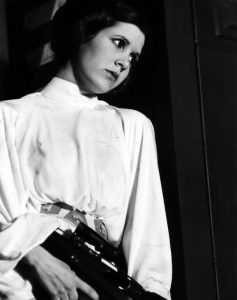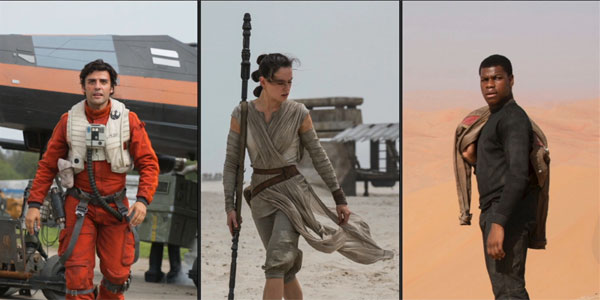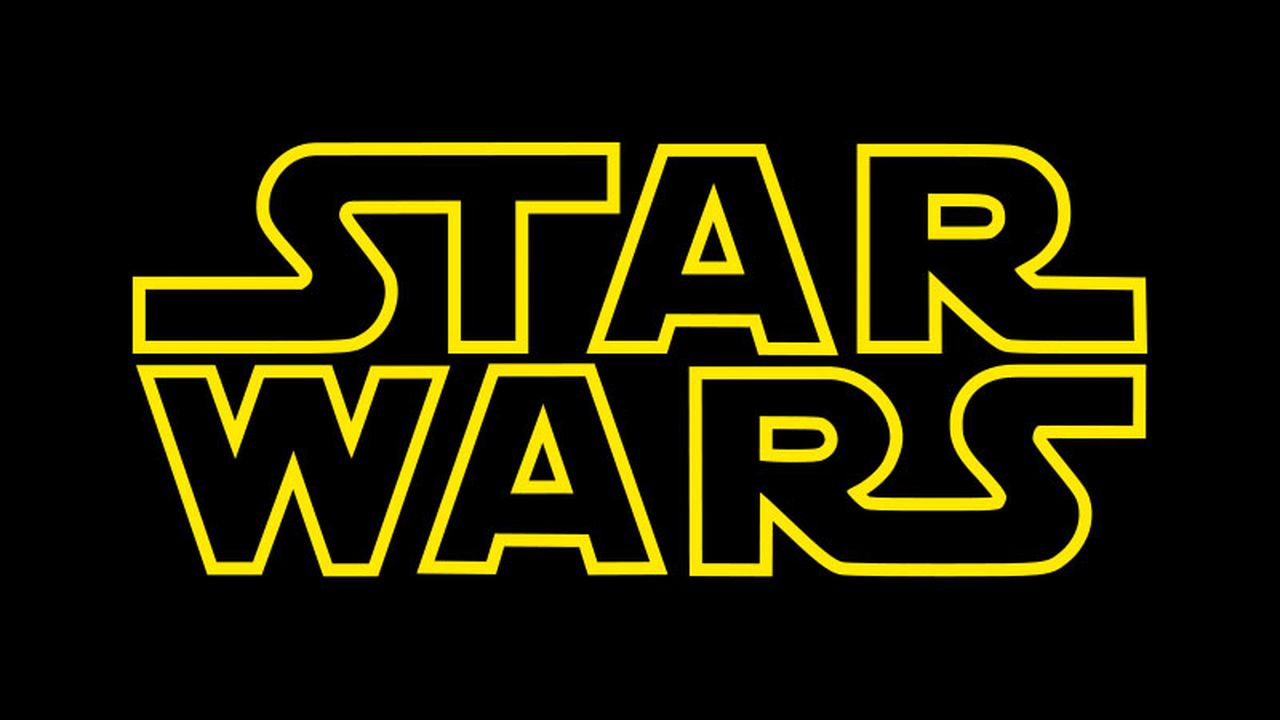Star Wars: Boundary Breaker
The Star Wars franchise has been breaking down walls since May 25, 1977. The release of A New Hope was momentous: it revived the somewhat stagnant genre of science-fiction. A decade prior, Gene Roddenberry and his Star Trek series put science-fiction in studios’ heads, but Star Wars made it the successful genre it is today.
George Lucas struggled to get the studio’s go-ahead, and for a while it looked like the story of Luke Skywalker, the Force and the Jedi were never going to be told, that they would remain as a thought in a man’s head. But 20th Century Fox and Alan Ladd took a chance when they agreed to give George Lucas $150,000 to write and direct the film.
Star Wars has been breaking down boundaries ever since, spanning over three generations and thirty years.
There’s honestly so much I could talk about, but I’ll keep it simple and limit it to the characters and the actors who play them.
When Lucas was making the film, he made it a point to emphasize the fact that he wanted unknown actors for the roles. He almost didn’t give Harrison Ford the role of Han Solo because the two had previously worked together on American Graffiti. Although it is not unheard of for directors to cast newbie actors, it is fairly uncommon. Typecasting is not some new millennial creation, I’m sure there were several safe, affordable actors that Lucas could have chosen from.
But instead, he chose industry unknowns, putting the film at an even greater risk of failure.
Women in movies during this time were damsels in distress. Objects, essentially, to be won by the male protagonist.
But then enters Princess Leia, a fiery woman who proves that although she does need saving, she doesn’t need saving. She doesn’t cower around Darth Vader, or shriek in fear during a firefight. Instead, she grabs the closest blaster, barks out an order and then dives down a garbage chute.

The film industry is just getting around to creating good female representation, but Leia marked a giant leap in the right direction. For what could have been the first time in their lives, little girls could see a woman on the screen who they could look up to and witness kicking ass. As a girl, seeing other women do amazing things is one of the most exhilarating feelings. I’m so grateful that girls around the world get to share that feeling with each other.
Rey, Padme and Ahsoka are just a few of the strong female leads that Star Wars introduces us to over the years. Jyn Erso will be another addition to these ladies when Rogue One releases in theaters later this year.
Although the prequel films were groundbreaking in their own right, introducing a newer, younger generation to Star Wars, they did not cause nearly as much controversy as the franchise’s newest film The Force Awakens. Three out of the seven leads are people of color. Although that ratio is still small, it is a huge improvement.
The trio this time around is made up of John Boyega (who happens to be black), Oscar Isaac (Guatemalan latinx) and Daisy Ridley (a girl). All three are considered minorities in the film industry.

JJ Abrams and his casting crew heard the fan’s pleas for representation and they delivered.
Some fans threw a fit when they saw Finn remove his Stormtrooper helmet to reveal a face that wasn’t white. A few went as far as to say that Abrams didn’t understand Star Wars because the Stormtroopers had to be a clone of a white guy. The film quickly shot that opinion down by revealing that the clone army was a thing of the past and the First Order chose to recruit children, of all races, at birth.
The last example of Star Wars breaking down boundaries is the recent news from Abrams that there will be a confirmed gay character in the series. No one knows who that character is, but many on the internet have pegged that person to be the loyal X-Wing pilot, Poe Dameron.
Sexuality is hardly touched on in the series, but having a gay character in a franchise as big and expansive as Star Wars would be amazing for the LGBT community, who are scrambling for representation in the industry. Allowing children to see gay characters portrayed in a positive light, not having a big deal being made about their sexuality, would be a nice step in the right direction.
Only time will tell whether Disney is brave enough to break that wall, or if tradition will hold true.

